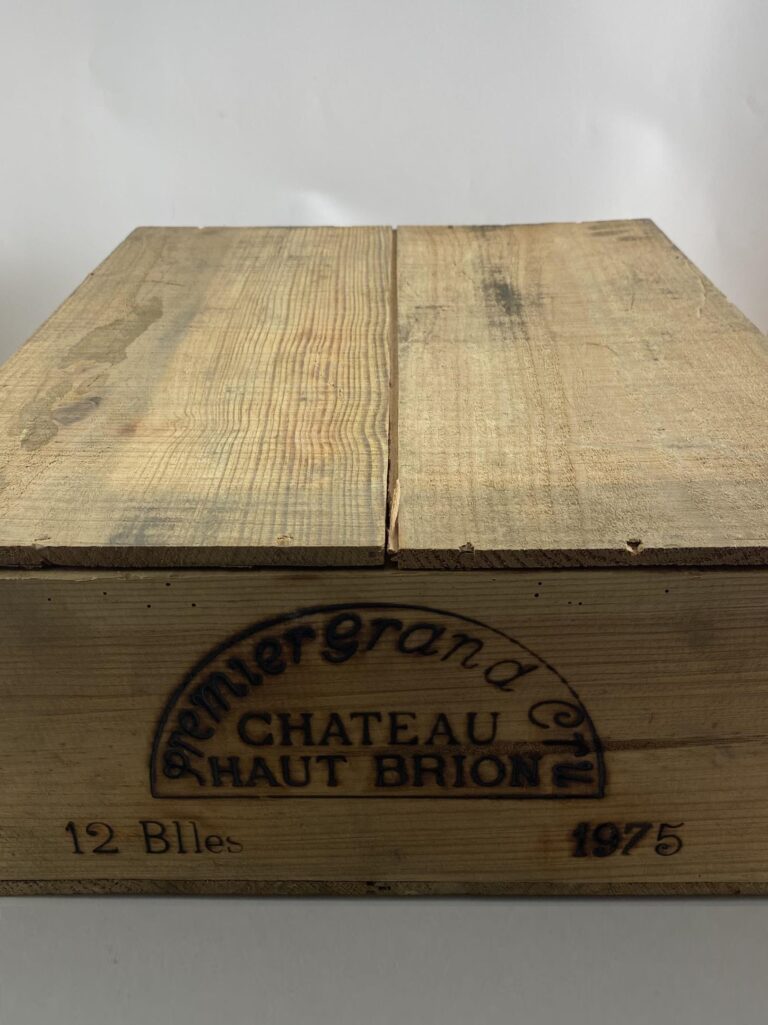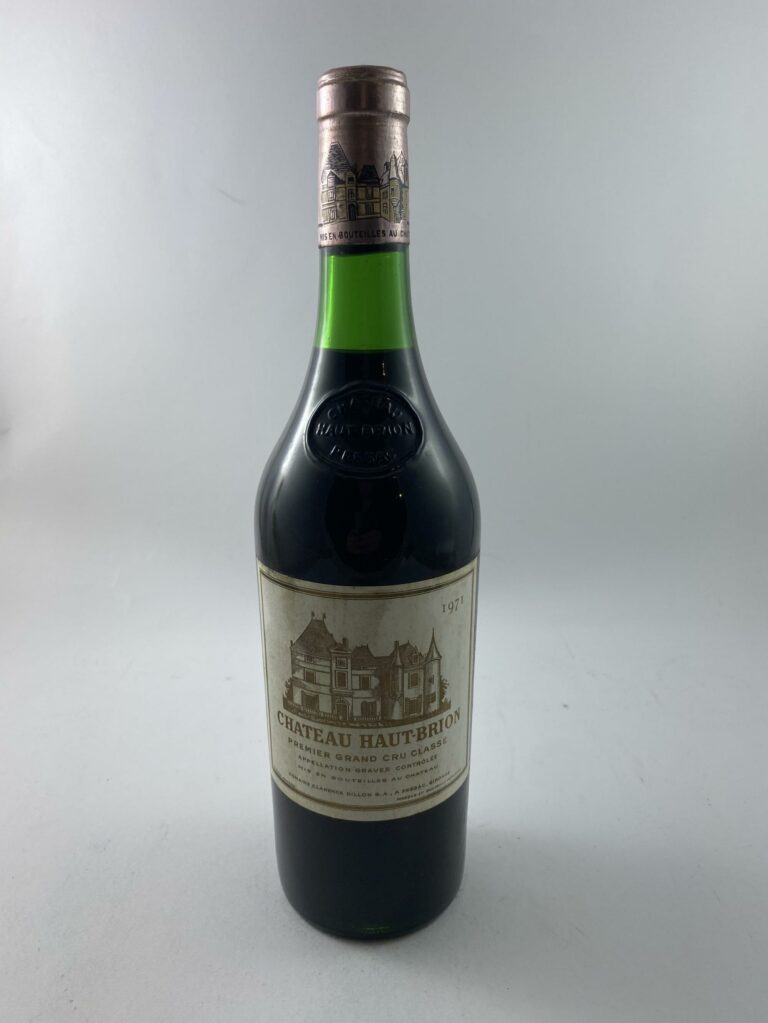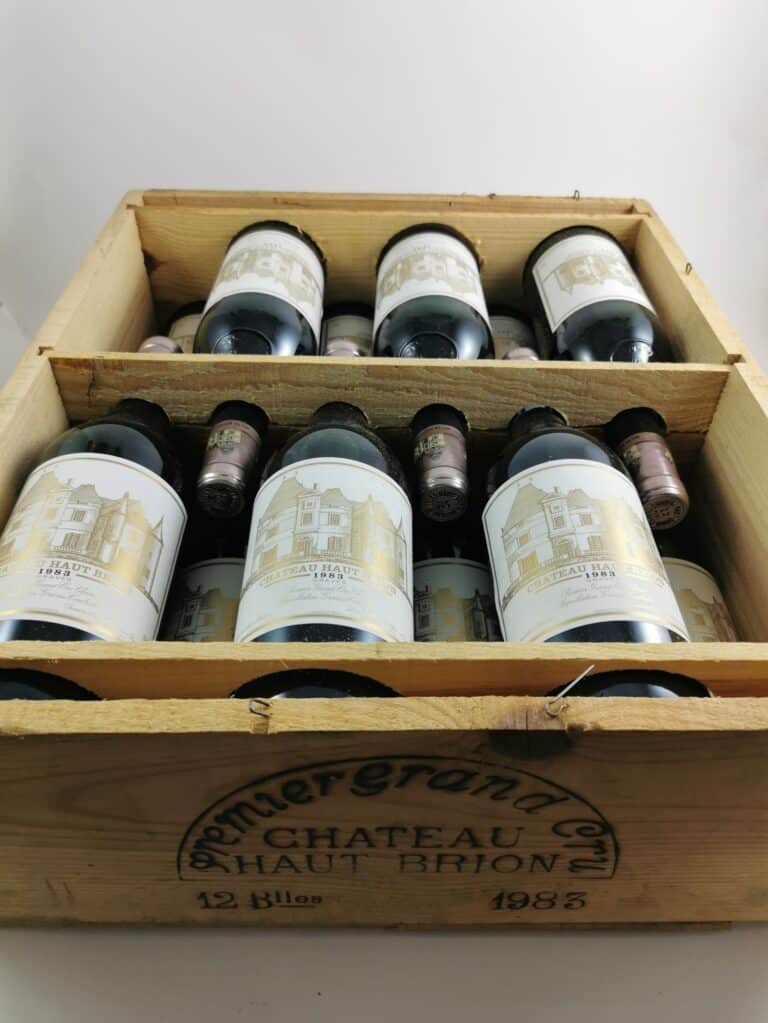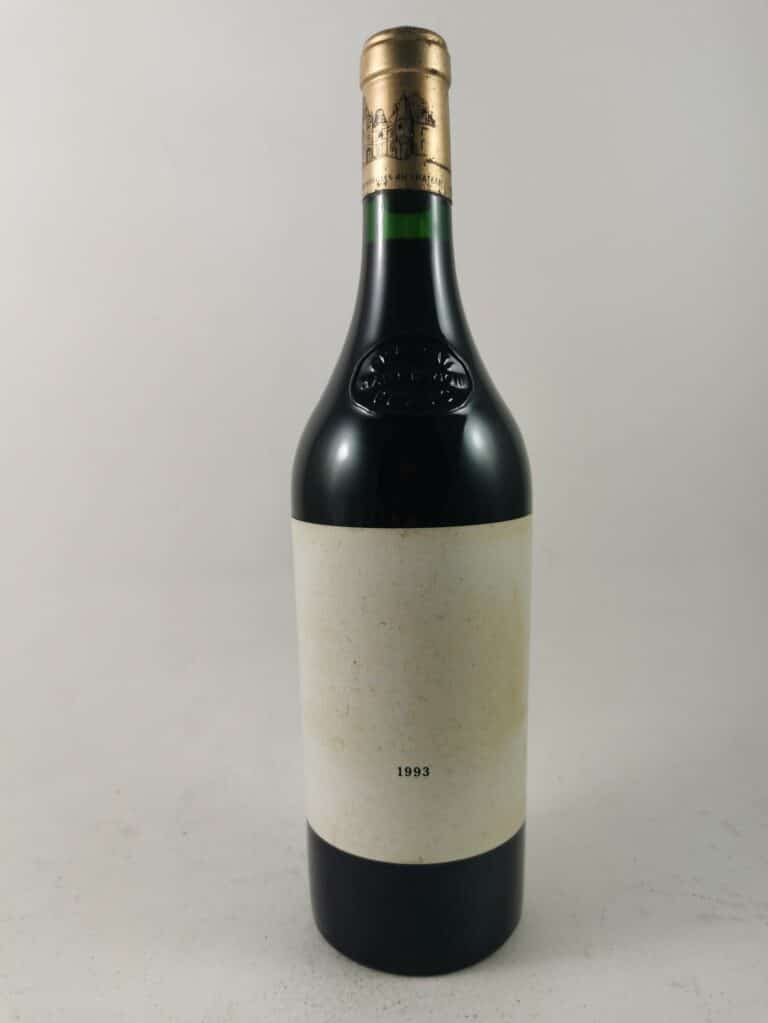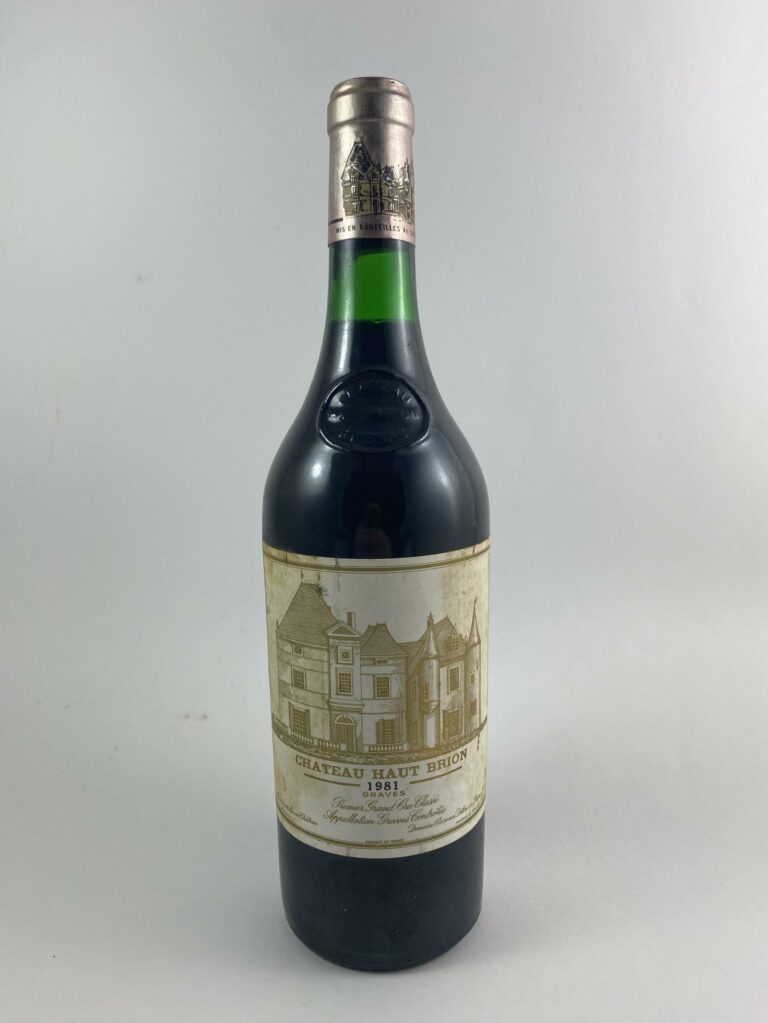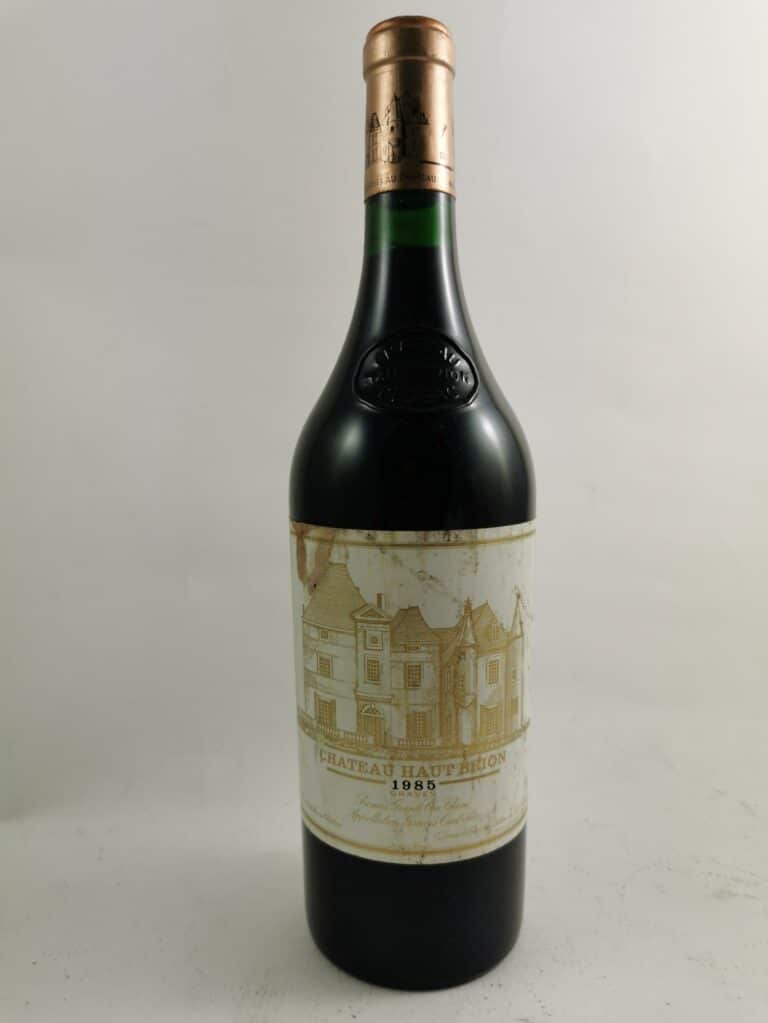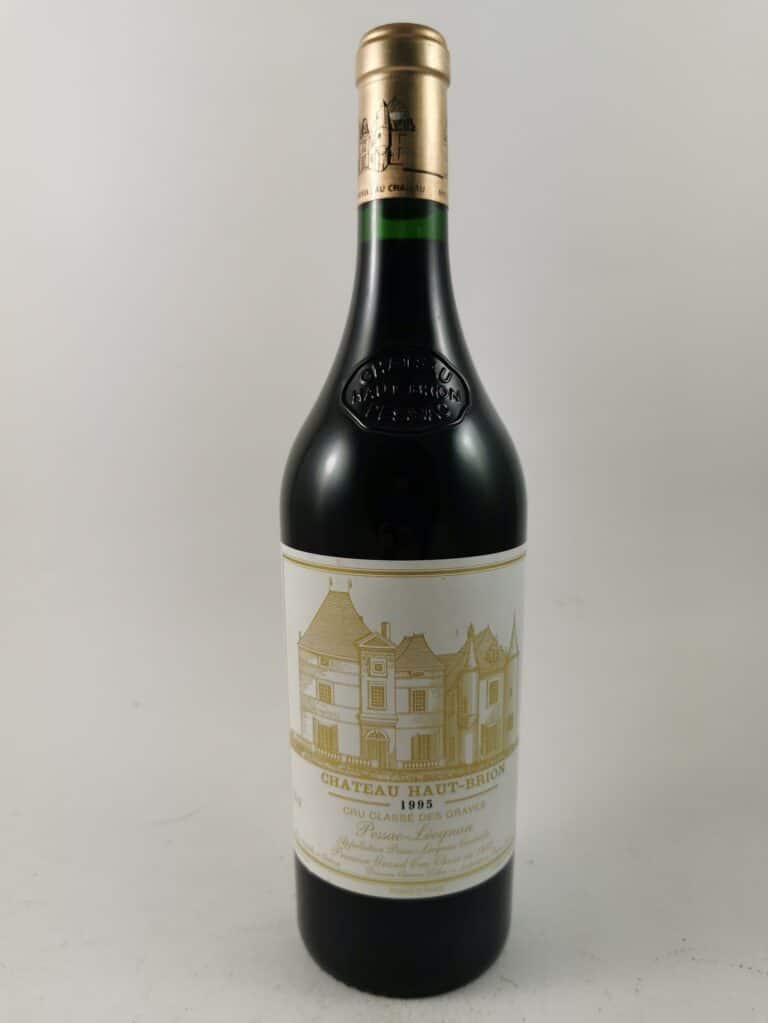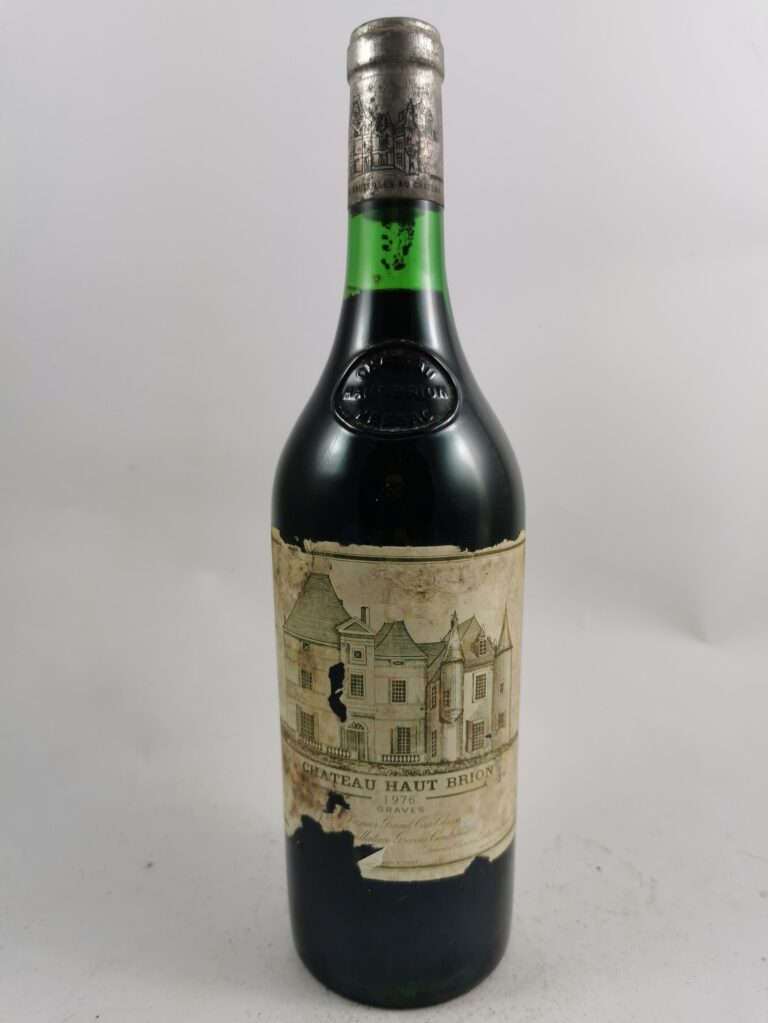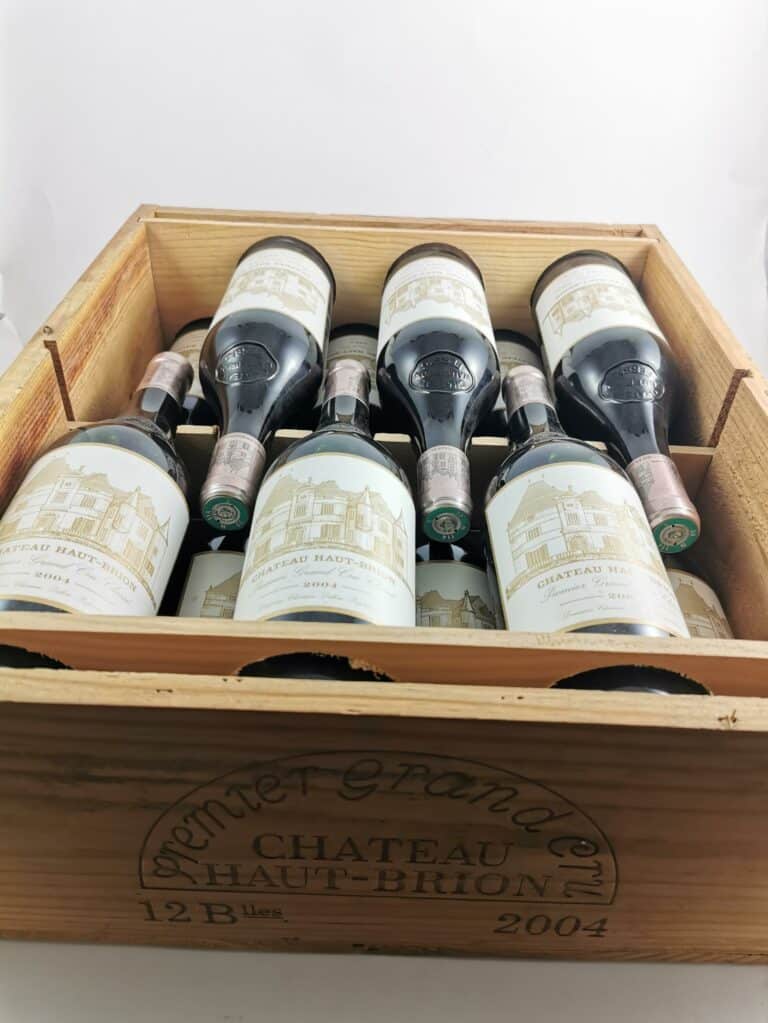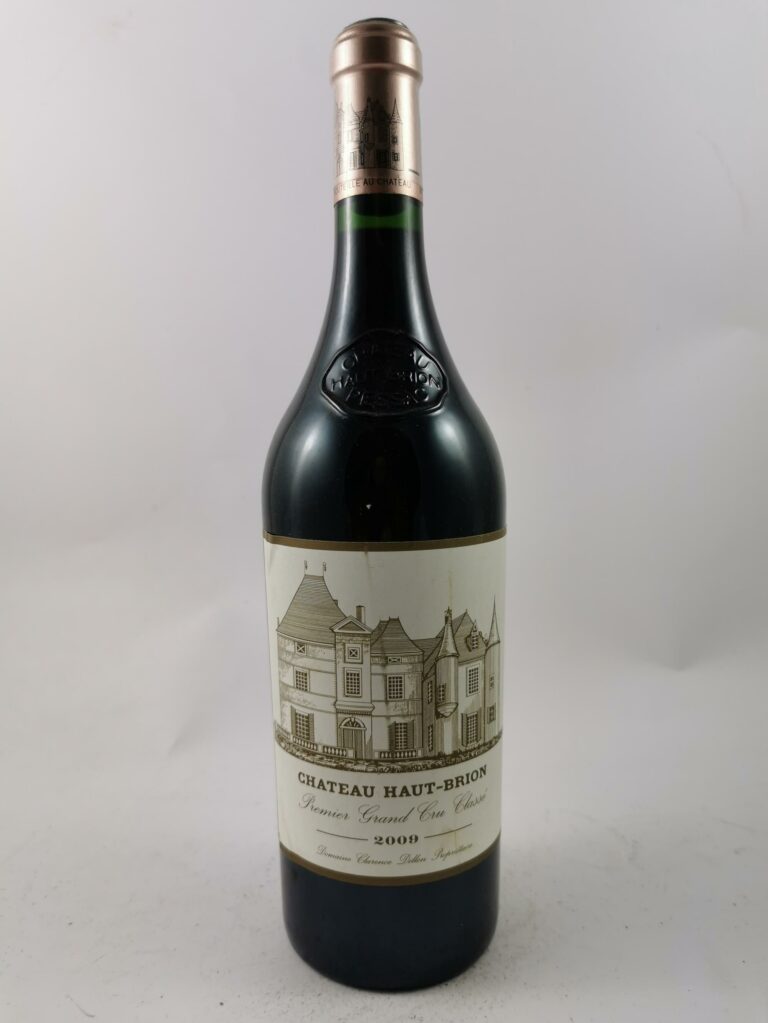Château Haut-Brion
The history of Château Haut-Brion
The history of Château Haut-Brion dates back to 1935, when Clarence Dillon acquired Haut-Brion. This will put the château back on the list of the world’s most prestigious and legendary wines.
Château Haut-Brion is located in the commune of Pessac, a few kilometers from Bordeaux. It was one of the first three estates acquired by the Dillon family, and is also the oldest wine estate in the region.
In 1533, Jean de Pontac obtained the seigneurial rights to Château Haut-Brion and decided to expand and innovate the estate, which is now one of Bordeaux’s leading Grands Crus.
To do this, he decided to raise it on a sandy area in the middle of gravel-filled soil. Jean de Pontac is recognized as one of the most emblematic owners of Château Haut-Brion. He will introduce many improvements and care for his wines. On his death, the château passed to his fourth son Arnaud II de Pontac and his nephew Geoffroy in 1605. Both will make every effort to promote the château and market the wine.
But it was mainly the next generation, that of Arnaud III de Pontac, that made Château Haut-Brion famous.
When Arnaud III de Pontac arrived at Château Haut-Brion in the 17th century, he decided not only to enlarge the château, but also to double the size of the surrounding vineyards. What’s more, Arnaud III de Pontac was the first President of the Bordeaux Parliament, and thanks to his public reputation, he decided to take advantage of it to promote Château Haut-Brion. Especially in England, where the majority of Bordeaux wines are exported.
In 1660, Charles II took control of England and decided to serve Haut-Brion wine at his table. His desire quickly became that of the people around him.
It was during this period that Château Haut-Brion began to make a name for itself. In addition, Arnaud III de Pontac decided to send his son to London to open an establishment to sell the château’s wine. It quickly became the only fashionable establishment in London. Bottles of Château Haut-Brion are sold at high prices.
Château Haut-Brion wines will go down in history for their distinctive taste. Some even see Haut-Brion as a winemaking evolution. We owe this success to Arnaud III de Pontac, who created a new style of wine: that of Château Haut-Brion.
In the years that followed, Château Haut-Brion passed through a number of different owners. In 1801, Charles-Maurice de Talleyrand-Périgord, Prince de Bénévent, purchased the château.
In 1855, the château belonged to Joseph Eugène Larrieu, but it was also the year of the Universal Exhibition. Château Haut-Brion is one of the four Grands Crus Classés along with Château Lafite Rothschild, Margaux and Latour.
In 1923, Château Haut-Brion was one of the first châteaux to introduce bottling on the estate. In 1925, André Gilbert decided to buy the château, but as he was ill and had no heir, he began looking for someone powerful enough to preserve the work carried out over the years.
In 1935, Clarence Dillon became the owner of Haut-Brion. The Dillon family will be one of the longest-serving families with such a prestigious vineyard. They will do their utmost to manage this château, which represents a milestone in French wine history. As a result, they will have a number of improvements installed, including landscaping the grounds, renovating the winery and installing a new plumbing and electrical system. In 1939, he even built a hospital for wounded French soldiers.
Today, Château Haut-Brion is owned by Prince Robert du Luxembourg, great-grandson of Clarence Dillon. This will see the completion of the works and the renovation of the magnificent buildings owned by Château Haut-Brion. They will be High Environmental Quality certified.
Château Haut-Brion vineyard
The soil at Château Haut-Brion is composed of gravel, otherwise known as tiny quartz pebbles. These gravels are mixed with sands that rest on a subsoil of clay and limestone. These gravels provide natural drainage. The vineyard covers 51 hectares, 48 of which are planted with red grape varieties: Merlot, Cabernet Sauvignon, Cabernet Franc and Petit Verdot. And 3 hectares of white vines with Sémillon, Sauvignon Gris and Sauvignon Blanc.
Château Haut-Brion takes great care to respect its soils. That’s why they limit interventions and insecticides.
Harvesting is manual, with grapes selected according to maturity. They are then sorted and de-stemmed. According to them, the size of the vintage depends on the quality of each individual grape.
Once the grapes have been collected, they are placed in the winemaker, and thanks to technology, precise temperature management is developed.
Aged in oak barrels for 18 to 20 months. During this period, the wine is frequently racked at the dodge. This is one of the most respectful techniques for wine. These rackings help the wine to develop and refine as it ages. The wine is then bottled.
Château Haut-Brion produces several wines: their grand vin Château Haut-Brion, Château Haut-Brion blanc, Les Clarences d’Haut-Brion and La Clarté de Haut-Brion.
The number of bottles produced per year is around 126,000.
Wine pairing and structure of Château Haut-Brion wines
Château Haut-Brion has a deep garnet-red color. Intense blackberry notes on the nose and, after shaking, notes of ripe red and black fruit with spices round out the accord.
On the palate, the attack is full-bodied, with a long, deep finish followed by ripe fruit and cocoa bean flavors.
To match this wine, we recommend a fine rib of beef, duck confit or rack of lamb.
The vintages to remember for this château are: 2020, 2018, 2017, 2015, 2012, 2010, 2005, 2000, 1998, 1990, 1982 and 1974.
Prices for these vintages range from 800 euros to 350 euros.
Interested in Pessac-Léognan wines? See also our wines for the following domains:


